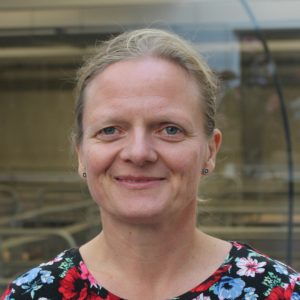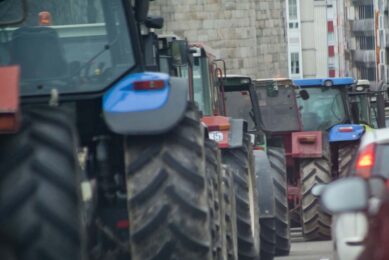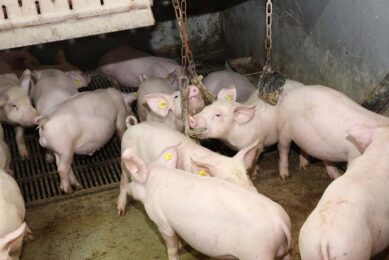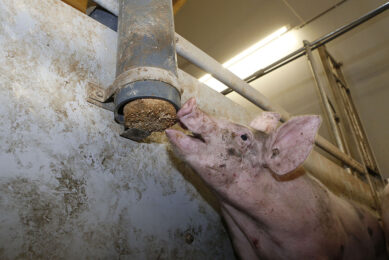How to combine pig welfare and making money?

Don’t we all, from time to time, long for a moment that time stands still, just to catch up with things? A moment, however, that doesn’t seem to exist for swine producers, writes pig welfare expert Vivi Aarestrup Moustsen. They both need to improve pig welfare as well as continue to make money. How to overcome that challenge?
Why worry about loose lactating sows, when we have good farrowing crates decreasing piglet mortality? Or about long tails, when we know we can decrease risk of tail biting by docking tails? Or giving local anaesthesia before castration when this is an extra workload in the busy days after farrowing – and we’ve been castrating for years without anaesthesia?
The answer is simple – we love our pigs and we care about our business!
Number of pig farmers is decreasing
Across all main pig producing countries in the European Union (EU), the number of pig farms is decreasing, and as a consequence so are the number of farmers voting at elections. The political power of votes from farmers will be reduced in the years to come and decisions about our industry will be made by politicians who are far from the practical world of a pig farmer.

From welfare to health issues – Pig Progress has a lot of Expert Opinions to offer
Politicians, NGOs and society in general call for improvements in animal welfare and it has become a topic high on the political agenda and a way for politicians to win votes. The license to produce is becoming increasingly important as part of research and development – just like feed conversion rate and daily gain continue to be.
Hoping for the break button
Christian Fink Hansen, director of the Danish Pig Research Centre, was asked in a recent interview to look ahead 10 years for the pig industry. The answers were that we’ll be aiming for loose housed lactating sows, lower piglet mortality, no tail docking and a stop to the use of zinc oxide.
Christian Fink Hansen wished for a ‘break button’, to give the industry time to solve all the challenges, however, as he states, there is no break in an online game. If you take a break, it’s game over.
Many pig producing countries face these challenges
Is this a Danish phenomenon and a challenge only the Danish industry faces? No, the main pig producing countries in EU face similar challenges. This became evident when the French pig industry and the French ministry of agriculture earlier this year hosted a conference in Paris with representatives from the pig industries, universities and authorities from France, Germany, the Netherlands, Italy, Spain and Denmark.
In all of the 6 above-mentioned countries, the pig producers experience increasing demands from society to improve animal welfare – and at the same time a limited willingness from consumers to pay for the costs this most likely adds on to production.
Finding solutions to keep profitable
The task for research and development is to find solutions which at the same time improve pig welfare and ensure the pig producers make money to stay in business. So yes, it would be a lot easier to keep on tail-docking than to learn how to observe and react at early indications of an upcoming tail biting outbreak. Instead we need to address the challenges and find robust solutions that improve animal welfare while at the same time make production economic, environmental and socially sustainable.
As mentioned, the challenges are similar in a number of pig producing countries in Europe. But what about the solutions? Do they cross borders too? Some solutions do, but structure of the industry and traditions in the individual countries also differ.
What to do next? We’ll keep collaborating across Europe. It’s important that we keep sharing knowledge so future solutions are science-based, and solutions ensure fair trade and help Europe to keep up with a competitive and strong pig sector.
 Beheer
Beheer








 WP Admin
WP Admin  Bewerk bericht
Bewerk bericht